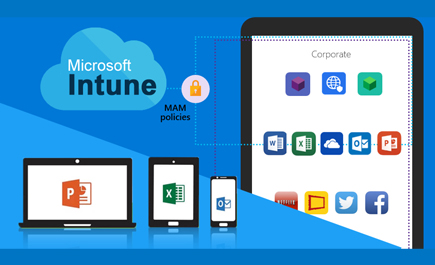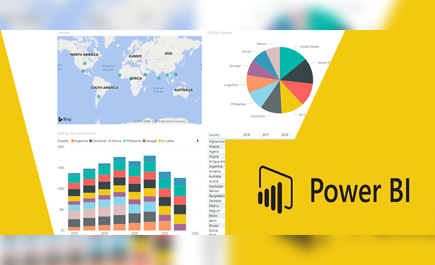Know what your Power BI Embedded capability can manage
A device for automating load checking out of Power BI Embedded capacities released recently. This tool Permit you to recognize how an awful consumer loads your capacity can cope handle when used. It makes use of PowerShell to create computerized load assessments towards your capacities and helps you to pick which reviews to check and how many concurrent users to simulate.
The device will generate load on a capability via continuously rendering each report with new filter out values (to prevent unrealistically suitable overall performance because of report caching) till the token required for authenticating the device in opposition to the service expires.
Using the new tool, capability administrators can get a higher knowledge of what number of customers their potential can cope with in a given time frame. The device also can be utilized by report authors that want to recognize the person load effect of overall performance upgrades measured with Power BI computing device’s Performance Analyzer.
While the tool is running, customers can each see the renders happening in real time on their browsers, in addition to hook up with the XMLA endpoints of the capacities being measured with SQL Server Profiler to look the queries execute as they arrive.
As the burden check is executing, its consequences will also be seen inside the premium ability metrics app’s Datasets web page. Capacity admins can use this tool to generate load and spot how that load indicates up. Be certain to examine the Premium Deployment whitepaper section approximately identifying overload in the metrics app beforehand. The situations can be analysed in the whitepaper practice for Power BI Embedded capacities as well.
To see the effects of the burden take a look at in the metrics app after the test runs, admins have to extend the “Datasets” tab in their metrics app touchdown page and provoke an on-demand refresh with the aid of clicking “refresh now”. Admins must anticipate up to a 15 minutes lag from the time the test starts generating load till the time that load is visible inside the metrics.















